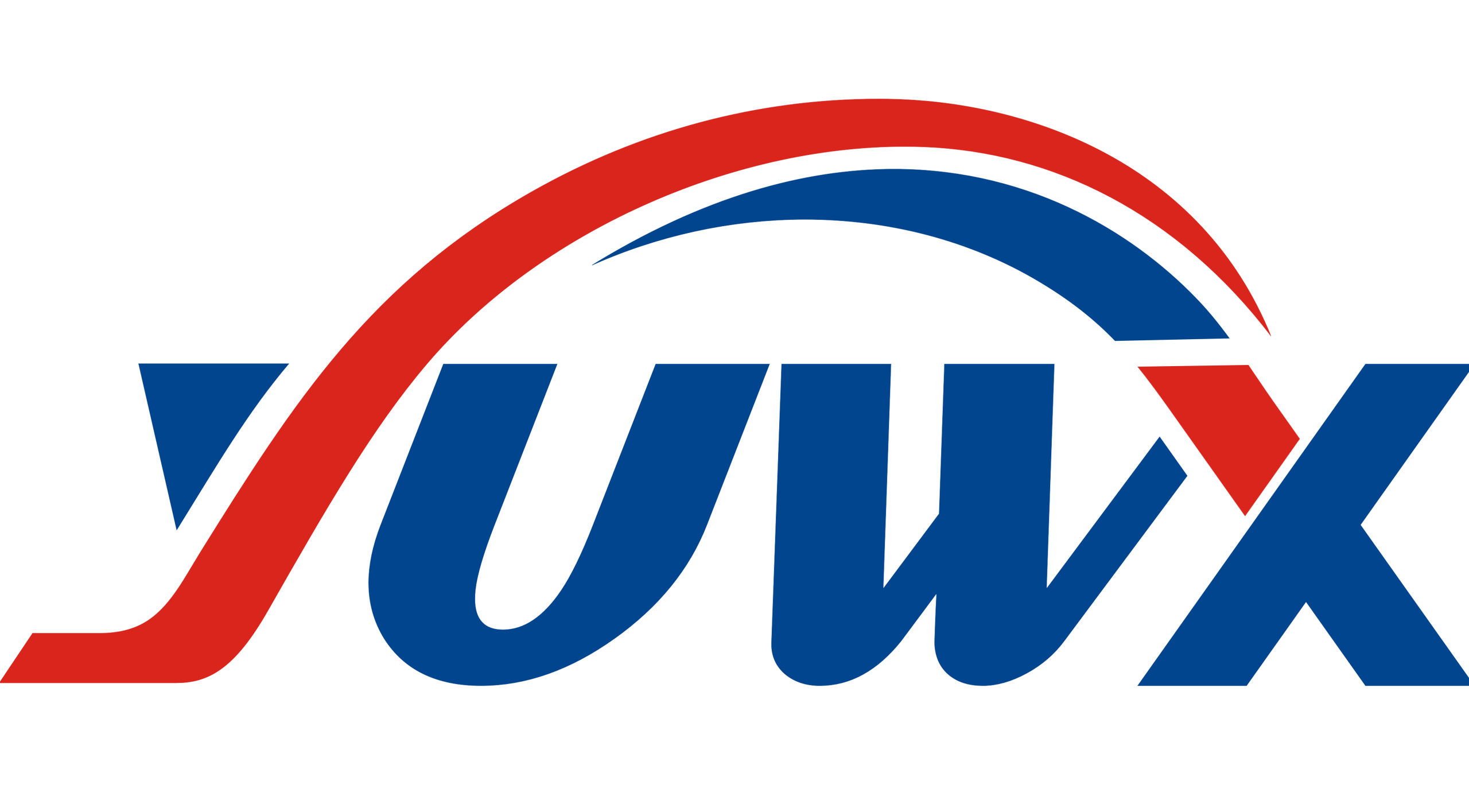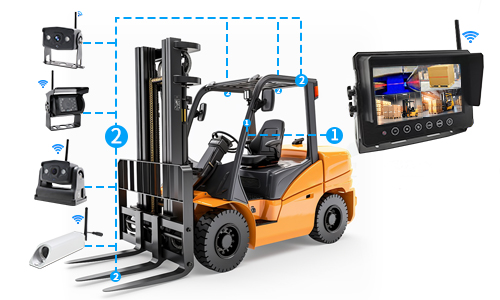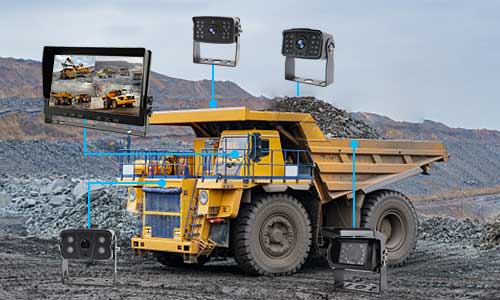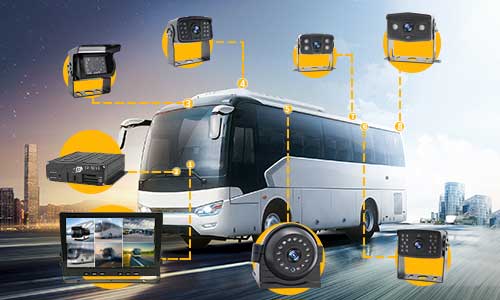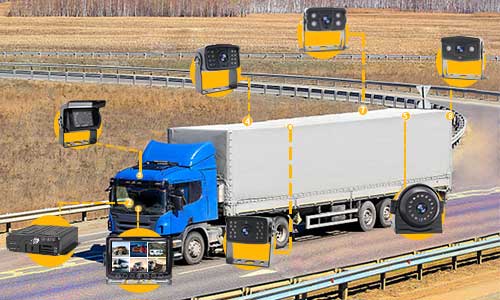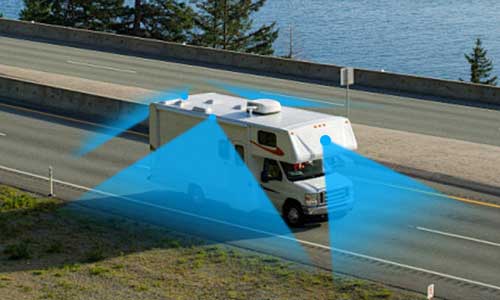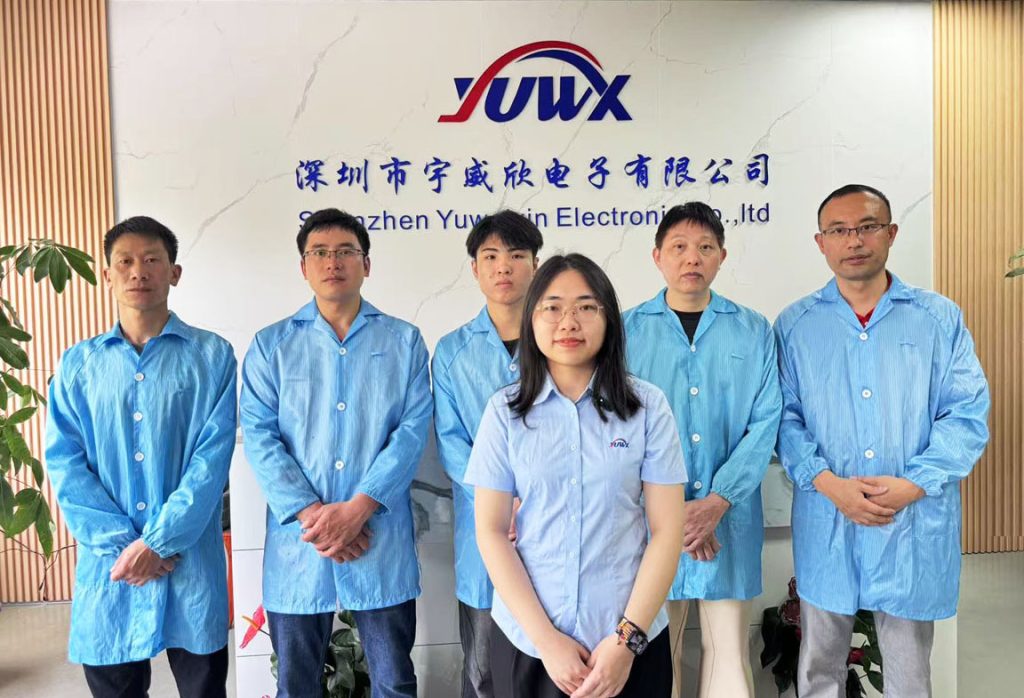The Parking Challenge in Modern Vehicles
In the past, reversing a car was mostly a guessing game. Drivers relied on mirrors, instincts, and maybe a beep from proximity sensors. However, as vehicles grow larger and urban parking becomes tighter, traditional methods fall short. Basic reversing cameras, once a luxury, are now standard. But even they struggle in complex environments. This leads to the rise of 360° vision systems—redefining car reversing camera kits.
Modern vehicle perception systems now aim to eliminate blind spots. Through advanced multi-camera configurations, they create a seamless bird’s-eye view. This evolution is not merely cosmetic; it’s a functional leap forward in driving safety and convenience. Consequently, more drivers and automotive professionals are turning to 360 surround view kits for upgraded parking solutions.
The Limitations of Traditional Reversing Cameras
Standard reversing cameras usually consist of a single wide-angle lens mounted at the vehicle’s rear. These devices offer basic assistance when reversing straight backward. However, they cannot deliver lateral awareness or depth precision. As a result, obstacles at the corners or moving vehicles in adjacent lanes often go undetected.
Moreover, most traditional systems rely on rudimentary image sensors. Their performance deteriorates under poor lighting or weather conditions. Rain, fog, or low sunlight can all affect image clarity. In contrast, modern drivers expect more from their vehicles. High-resolution imaging, predictive trajectory overlays, and dynamic range enhancements have become essential expectations.
Besides, conventional reversing cameras often lack integration with other vehicle sensors. There’s no coordination with side mirrors, radar modules, or ultrasonic sensors. This limitation reduces the system’s situational awareness. With rising expectations for automated and semi-automated parking, these gaps are increasingly problematic.
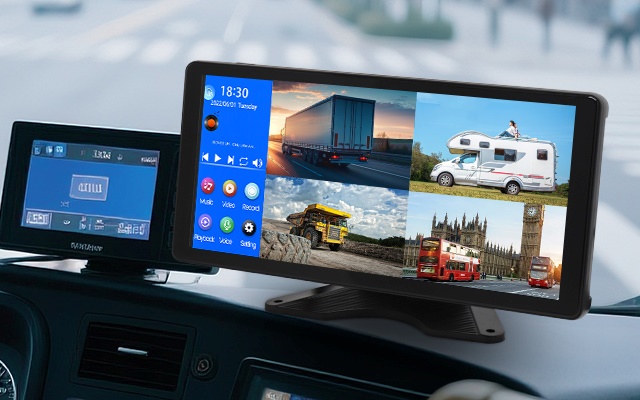
Rise of 360 Surround View Camera Systems
The shift from basic reversing aids to multi-camera car reversing camera kits marks a significant technological transition. 360° surround view car reversing camera kits integrate four or more wide-angle cameras placed around the vehicle—typically at the front, rear, and under each side mirror. These inputs are stitched together in real time to form a complete aerial image.
This system enables full situational awareness during parking, tight maneuvers, or traffic jams. Drivers gain the ability to perceive their environment from multiple angles simultaneously. More importantly, the bird’s-eye perspective removes guesswork and visual blind spots. Pedestrians, low curbs, and objects beneath the window line become visible.
Furthermore, image processing has improved drastically. Advanced algorithms correct for lens distortion, stitch frames seamlessly, and offer dynamic guidance lines based on steering input. This creates a fluid, real-time perception model that enhances driver confidence and accuracy.
Technical Anatomy of Modern Car Reversing Kit Upgrades
Today’s car reversing camera kits include far more than just a camera and a monitor. These advanced kits feature multiple HD lenses, control modules, storage devices, and real-time processors. Integration with CAN bus systems allows data exchange with other vehicular subsystems.
These kits often support:
- 1080p full-HD video output
- Night vision and IR-enhanced imaging
- Motion detection and moving object alerts
- Dynamic parking guidelines based on steering angle
Some premium kits even include ultrasonic sensor integration and AI-based object recognition. They offer alerts not just for physical objects but also for proximity violations and zone entry detection. In commercial settings, this becomes invaluable for fleet safety and insurance reduction.
Benefits of Multi-Camera Parking Systems
First and foremost, 360° car reversing camera kits improve safety. They reduce accident risks during reversing and low-speed maneuvers. Whether avoiding a stray child or navigating a crowded garage, multi-camera views provide the visibility needed.
Secondly, they simplify the driver experience. Many drivers find parallel parking stressful. Surround view kits remove the anxiety by offering a complete visual model of the surroundings. Furthermore, training new drivers becomes easier with a real-time guidance system.
From a cost perspective, installing multi-camera systems can reduce minor collision damage. Bumpers, wheels, and fenders often suffer during tight parking. Enhanced visibility prevents these costly incidents.
For commercial applications, the benefits are amplified. Fleet operators use these systems to ensure safe logistics. Delivery vans, buses, and trucks all gain increased maneuverability and reduced liability.
Integration with Vehicle Perception Ecosystems
Today’s multi-camera systems are more than visual aids. They are key components of broader vehicle perception ecosystems. When connected to ultrasonic sensors, radar arrays, or LiDAR platforms, they support semi-autonomous functionalities.
Examples include:
- Autonomous emergency braking (AEB)
- Cross-traffic alerts
- Lane departure warnings
- Parking assist systems
Moreover, these systems feed data into vehicle telematics and cloud-based AI models. Manufacturers and fleet operators analyze this data for performance optimization and predictive maintenance. In essence, the reversing camera becomes a real-time data sensor.
Trends Driving the Shift to 360° Vision
Several trends influence the replacement of traditional reversing cameras. First, consumer expectations are evolving. Drivers want smarter vehicles with intuitive user interfaces. This is particularly true in luxury segments, where 360° systems are now standard.
Secondly, regulatory pressures push for advanced safety systems. Many jurisdictions now require rear visibility standards and mandate reversing aids. A 360° system easily meets and exceeds these requirements.
Thirdly, the rise of electric vehicles (EVs) brings design challenges. EVs often have less rear visibility due to battery placement and structural design. Therefore, vision systems become even more critical in these vehicles.
Finally, cost reductions have democratized access. What was once a premium feature is now available in aftermarket kits at competitive prices. Consumers can retrofit older vehicles without sacrificing performance.
Future Outlook: Merging AI with Perception Systems
As AI progresses, vision systems will become smarter. Predictive algorithms will anticipate driver behavior, detect patterns, and provide more intuitive warnings. Moreover, real-time object classification will enable systems to prioritize hazards—distinguishing between stationary objects, pedestrians, and fast-approaching vehicles.
Edge computing will play a central role. By processing data within the vehicle, latency will decrease, and real-time decisions will improve. Cloud updates will keep these systems current and adaptable.
The integration of 360° systems with heads-up displays (HUDs) and augmented reality overlays will enhance driver experience further. By presenting visual cues within the driver’s line of sight, safety will improve without distraction.
Conclusion: A New Standard in Automotive Visibility
Traditional reversing cameras once revolutionized parking. However, they are no longer sufficient in today’s complex driving environments. The rise of 360° multi-camera parking systems offers unparalleled safety, accuracy, and convenience.
As vehicle design, regulation, and consumer expectations evolve, so must the technology. For manufacturers, workshops, and fleet operators, upgrading to car reversing camera kits with 360 surround view is no longer optional. It’s essential.
YUWX remains committed to delivering advanced vehicle perception systems. Our high-performance camera kits, supported by industrial-grade processing units, provide superior reliability, clarity, and integration.
Whether you’re upgrading a single vehicle or an entire fleet, choose YUWX for a safer, smarter, and more confident driving experience.
